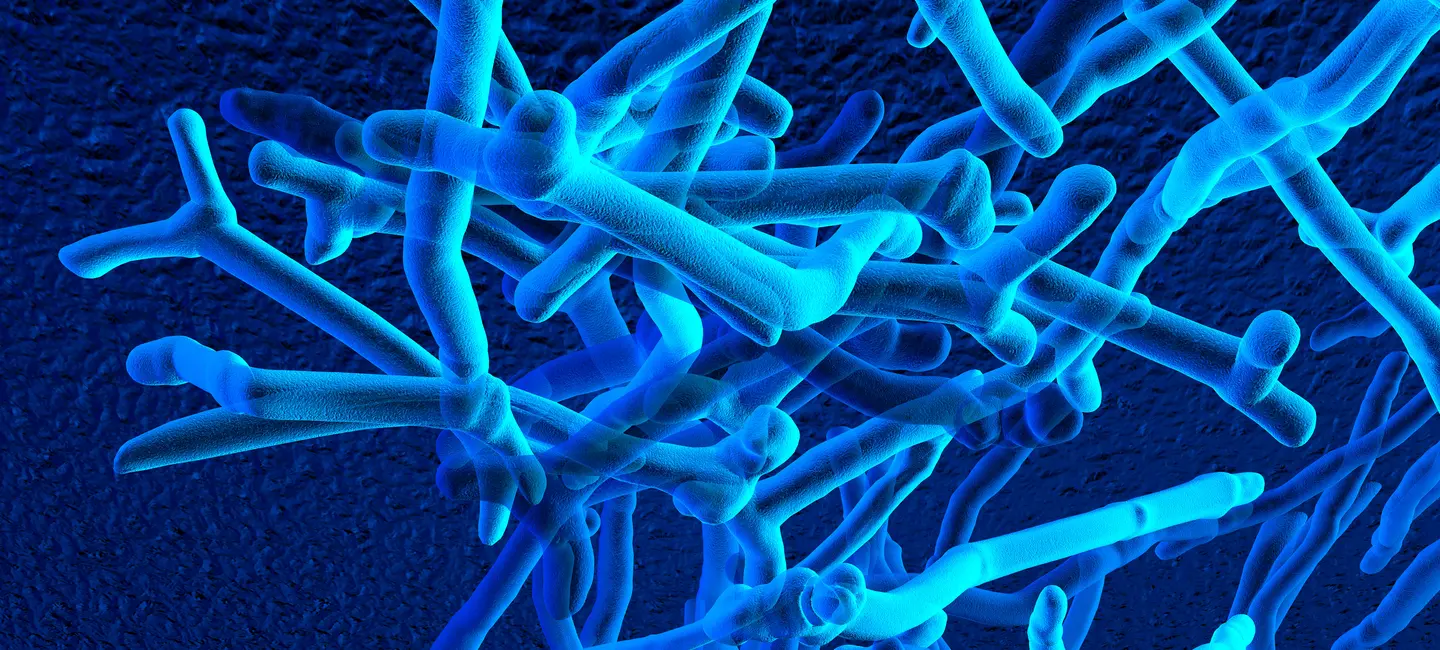
Bifidobacterium animalis subsp. lactis (B. lactis) is a type of probiotic ("good" bacteria) that lives in the intestines. It produces lactic and acetic acid.
"Good" bacteria such as B. lactis can help break down food, absorb nutrients, and fight off "bad" organisms that might cause diseases. B. lactis is a subspecies of B. animalis. It's found in the human gut and used in probiotic supplements.
People use B. lactis for excessive crying in infants (colic), constipation, irritable bowel syndrome (IBS), and respiratory tract infections. It is also used for dental cavities, hay fever, diarrhea, and many other conditions, but there is no good scientific evidence to support many of these uses. There is also no good evidence to support using B. lactis for COVID-19.
Bifidobacterium animalis subsp. lactis is sometimes listed as Bifidobacterium lactis (or B. lactis) on product labels. Don't confuse B. lactis with other probiotics, or with fermented food products such as fermented milk, kefir, or yogurt. These are not the same.
Is It Effective?
NatMed Pro rates effectiveness based on scientific evidence according to the following scale: Effective, Likely Effective, Possibly Effective, Possibly Ineffective, Likely Ineffective, Ineffective, and Insufficient Evidence to Rate.
- Excessive crying in infants (colic). Giving infants B. lactis by mouth seems to help reduce crying from colic.
- Constipation. Taking B. lactis by mouth seems to help relieve constipation.
- A long-term disorder of the large intestines that causes stomach pain (irritable bowel syndrome or IBS). Taking B. lactis by mouth seems to help relieve symptoms of IBS. But it's not clear if taking it together with other probiotics helps.
- Infection of the airways. Taking B. lactis by mouth might help prevent airway infections such as the common cold in otherwise healthy people. But it might not help people who have other serious health issues.
- Cavities. Taking B. lactis by mouth doesn't seem to prevent cavities in young children.
There is interest in using B. lactis for a number of other purposes, but there isn't enough reliable information to say whether it might be helpful.
Is it Safe?
When taken by mouth: B. lactis is likely safe. It's been used safely alone and together with other probiotics for up to one month. Some people might experience gas and bloating from probiotics, but B. lactis seems to be well-tolerated.
Special Precautions & Warnings:
Pregnancy and breast-feeding: There isn't enough reliable information to know if B. lactis is safe to use when pregnant or breast-feeding. Stay on the safe side and avoid use.
Children: B. lactis likely safe for most children when taken by mouth for up to 8 months. It might cause diarrhea in some children. However, there isn't enough reliable information to know if B. lactis is safe for very small premature infants.
Weakened immune system: Some probiotics have caused blood infections in a small number of people with weakened immune systems. If you have a weakened immune system, talk with your healthcare provider before taking B. lactis.
Antibiotic drugs
Interaction Rating=Moderate Be cautious with this combination.
B. lactis is a type of friendly bacteria. Antibiotics are used to reduce harmful bacteria in the body. Taking antibiotics along with B. lactis might reduce the effects of B. lactis. To avoid this interaction, take B. lactis products at least two hours before or after antibiotics.
There are no known interactions with herbs and supplements.
There are no known interactions with foods.
In adults, B. lactis has most often been taken by mouth alone or together with other probiotics in doses of up to 12.5 billion colony-forming units (CFUs) daily, for up to 6 weeks. In children, B. lactis has most often been taken by mouth alone or together with other probiotics. Speak with a healthcare provider to find out what dose might be best for a specific condition.
B. Lactis, BB-12, BB12, Bifidobacterium Animalis DN-173 010, Bifidobacterium lactis, Bifidobacterium Regularis, Bifidus Regularis, Probiotic, Probiotique.
Information on this website is for informational use only and is not intended to replace professional medical advice, diagnosis, or treatment. While evidence-based, it is not guaranteed to be error-free and is not intended to meet any particular user’s needs or requirements or to cover all possible uses, safety concerns, interactions, outcomes, or adverse effects. Always check with your doctor or other medical professional before making healthcare decisions (including taking any medication) and do not delay or disregard seeking medical advice or treatment based on any information displayed on this website.
© TRC Healthcare 2024. All rights reserved. Use and/or distribution is permitted only pursuant to a valid license or other permission from TRC Healthcare.
